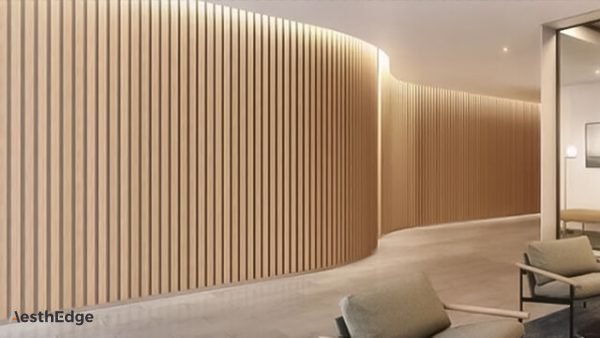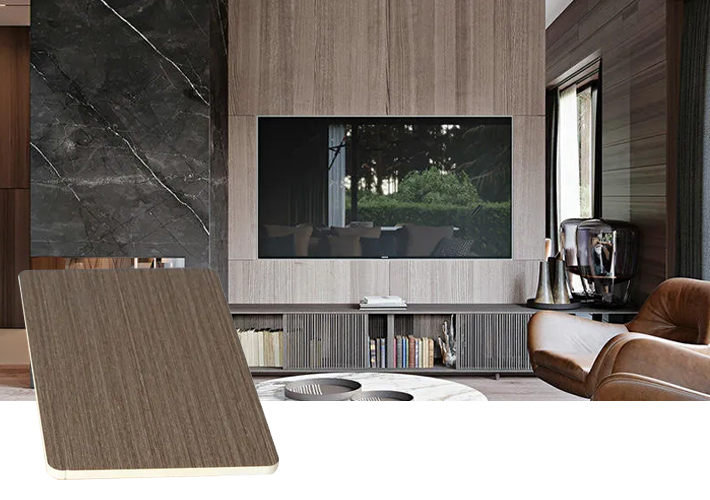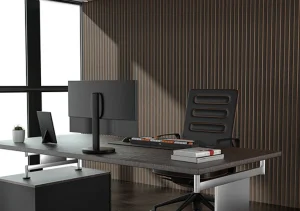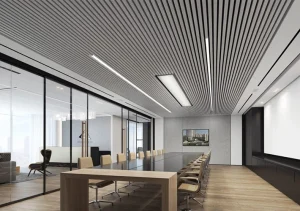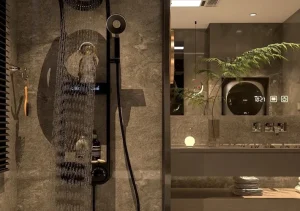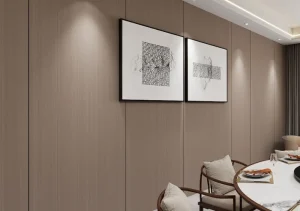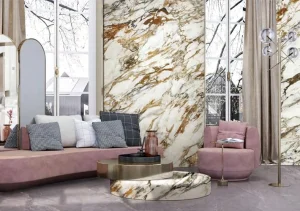Bamboo charcoal wood veneer is a composite material that combines bamboo charcoal and wood veneer. It’s used in various interior applications due to its unique properties. Here’s a breakdown of the advantages and disadvantages of bamboo charcoal wood veneer:
Table of Contents
ToggleAdvantages of Bamboo Charcoal Wood Veneer
1. Air Purification:
- Mechanism: Bamboo charcoal is highly porous, with numerous tiny holes that increase its surface area. These pores can trap pollutants, toxins, and odors, making the air cleaner. This is particularly beneficial in urban environments or spaces prone to odors, such as kitchens or bathrooms.
- Health Benefits: By reducing indoor air pollutants, bamboo charcoal wood veneer can contribute to a healthier living environment, potentially alleviating issues related to allergies, asthma, or other respiratory conditions.
2. Sustainability:
- Eco-Friendly Material: Bamboo grows much faster than traditional hardwoods (it can mature in 3-5 years compared to 20-50 years for hardwoods), making it a more sustainable choice. The use of bamboo charcoal also repurposes waste from bamboo production, further enhancing its eco-friendly profile.
- Carbon Footprint: The production process of bamboo charcoal wood veneer typically has a lower carbon footprint compared to conventional wood veneers, aligning with green building certifications like LEED.
3. Durability:
- Resistance to Pests: Bamboo charcoal is naturally resistant to termites and other pests, reducing the likelihood of infestations.
- Moisture Resistance: Bamboo charcoal can help regulate moisture, making the veneer less susceptible to warping, swelling, or cracking compared to traditional wood products, especially in humid conditions.
4. Aesthetic Appeal:
- Unique Texture and Color: The infusion of bamboo charcoal gives the veneer a distinctive, slightly matte finish with a dark gray or black hue, offering a modern, sophisticated look that can complement various interior styles.
- Versatility: Bamboo charcoal wood veneer can be used in a variety of applications, from wall panels and furniture to cabinetry and decorative elements, allowing for creative design possibilities.
5. Temperature and Humidity Regulation:
- Thermal Properties: Bamboo charcoal can help in moderating temperature fluctuations within a space. It absorbs excess heat and releases it slowly, contributing to a more stable indoor temperature.
- Humidity Control: The material’s moisture-absorbing properties can help maintain balanced humidity levels, preventing the build-up of dampness and mold in enclosed spaces.
6. Sound Absorption:
- Acoustic Properties: The porous structure of bamboo charcoal can absorb sound waves, reducing echo and noise levels in a room. This makes it suitable for use in spaces where acoustic comfort is important, such as home theaters, offices, or bedrooms.
Disadvantages of Bamboo Charcoal Wood Veneer
1. Cost:
- Material Costs: Bamboo charcoal wood veneer generally involves more complex production processes, which can drive up costs. The bamboo must be carbonized to create charcoal, which is then combined with wood veneer, adding steps to the manufacturing process.
- Long-Term Investment: While the initial cost might be higher, the material’s durability and added health benefits could offset this over time, depending on the specific application.
2. Limited Availability:
- Market Availability: Bamboo charcoal wood veneer is a relatively new and specialized product. It may not be as widely distributed as more common veneers, which could limit options for sourcing and increase lead times for projects.
- Supply Chain: Depending on your location, the availability of bamboo charcoal wood veneer may be limited, and you might need to rely on specific suppliers, which could lead to higher shipping costs or longer delivery times.
3. Installation Challenges:
- Specialized Adhesives: The properties of bamboo charcoal may require the use of specific adhesives or sealants to ensure proper bonding and longevity. This can complicate the installation process compared to standard wood veneers.
- Handling: Due to the potential brittleness of bamboo charcoal wood veneer, installers need to handle the material with extra care, particularly during cutting and application, to avoid damage.
4. Color Consistency:
- Natural Variations: The color and texture of bamboo charcoal wood veneer can vary depending on the specific batch of bamboo used and the carbonization process. This variability can be desirable for some applications, adding a unique, organic look, but it might be challenging if you require a consistent appearance.
- Aging: Over time, the veneer may undergo subtle changes in color due to exposure to light and air, which could affect the overall aesthetic of the finished product.
5. Potential for Brittleness:
- Material Composition: The process of carbonizing bamboo to create charcoal can make the resulting veneer more brittle than traditional wood veneers. This brittleness might make the veneer more susceptible to cracking or chipping, especially during installation or in high-impact areas.
- Surface Finish: Care must be taken during finishing and handling to preserve the integrity of the veneer. Using appropriate tools and techniques is crucial to avoid damaging the material.
6. Maintenance:
- Cleaning Requirements: While bamboo charcoal wood veneer can absorb odors and moisture, it may also require specific cleaning methods to avoid clogging the pores with dust or dirt. Regular dusting and the use of gentle cleaning agents may be necessary to maintain its properties.
- Surface Protection: To preserve the veneer’s appearance and functionality, you might need to apply protective coatings or sealants periodically. This adds an extra layer of maintenance compared to more conventional veneer options.
Conclusion
Bamboo charcoal wood veneer offers a unique combination of aesthetic appeal, sustainability, and functional benefits, making it an attractive choice for modern interiors focused on health and environmental consciousness. However, its higher cost, potential installation challenges, and specific maintenance needs make it essential to weigh these factors against the advantages when considering it for your project.
For more information, you can contact us anytime!

